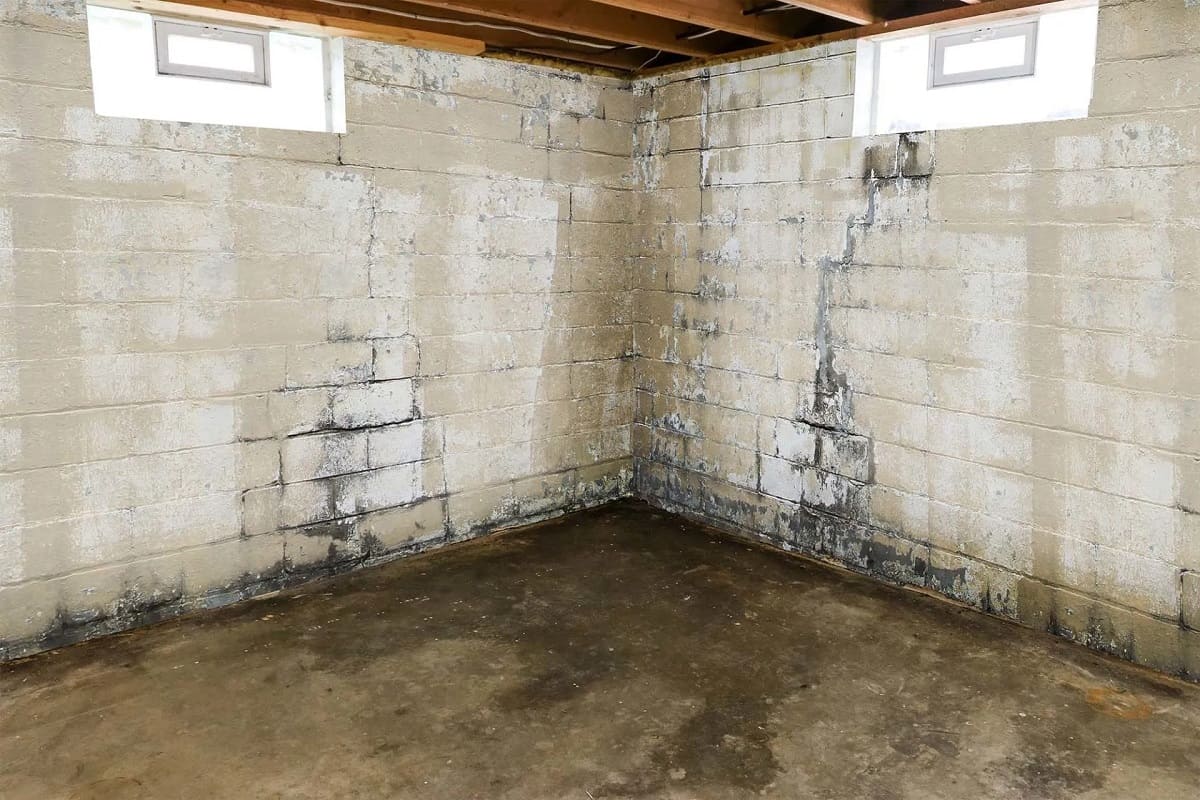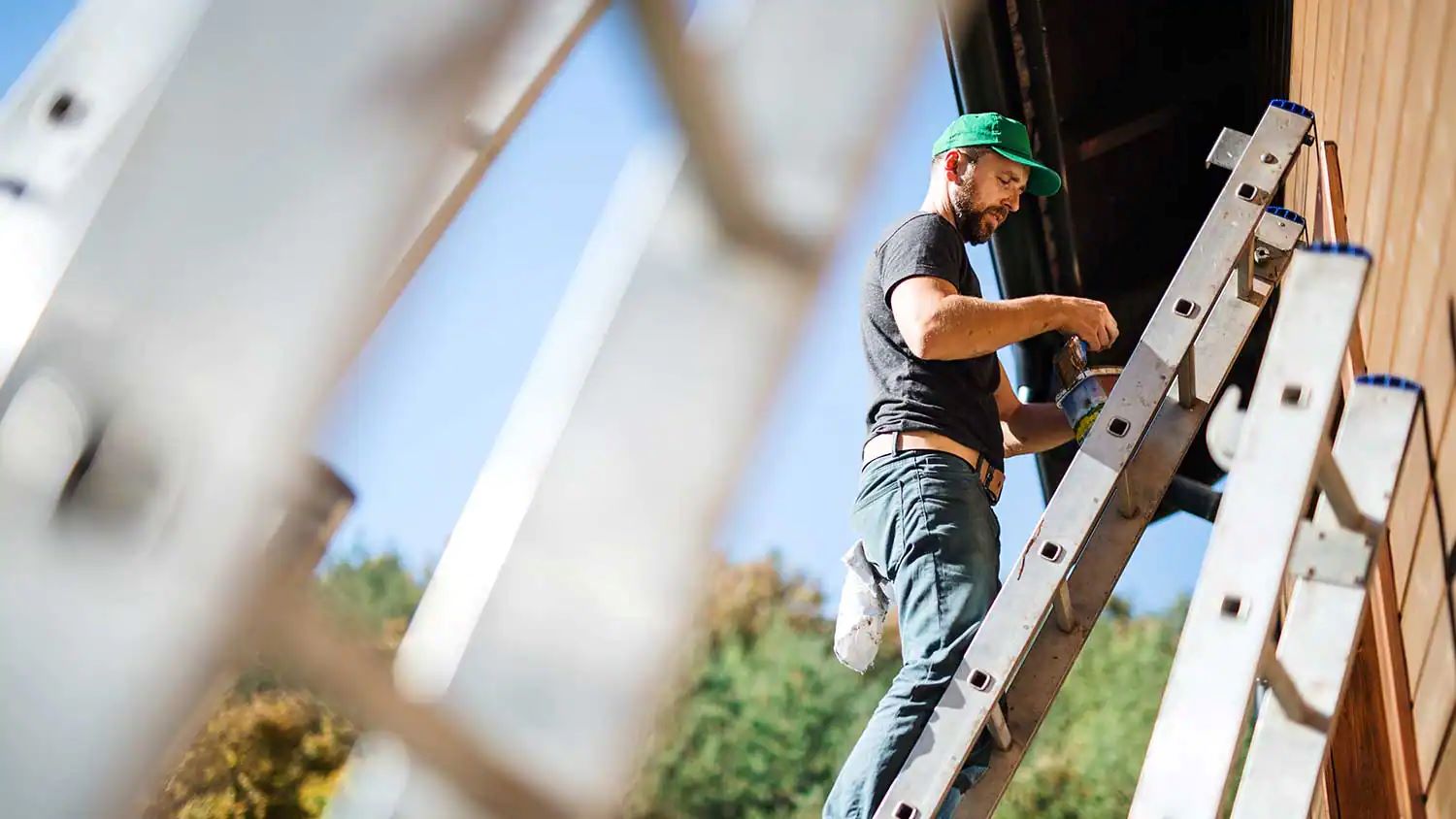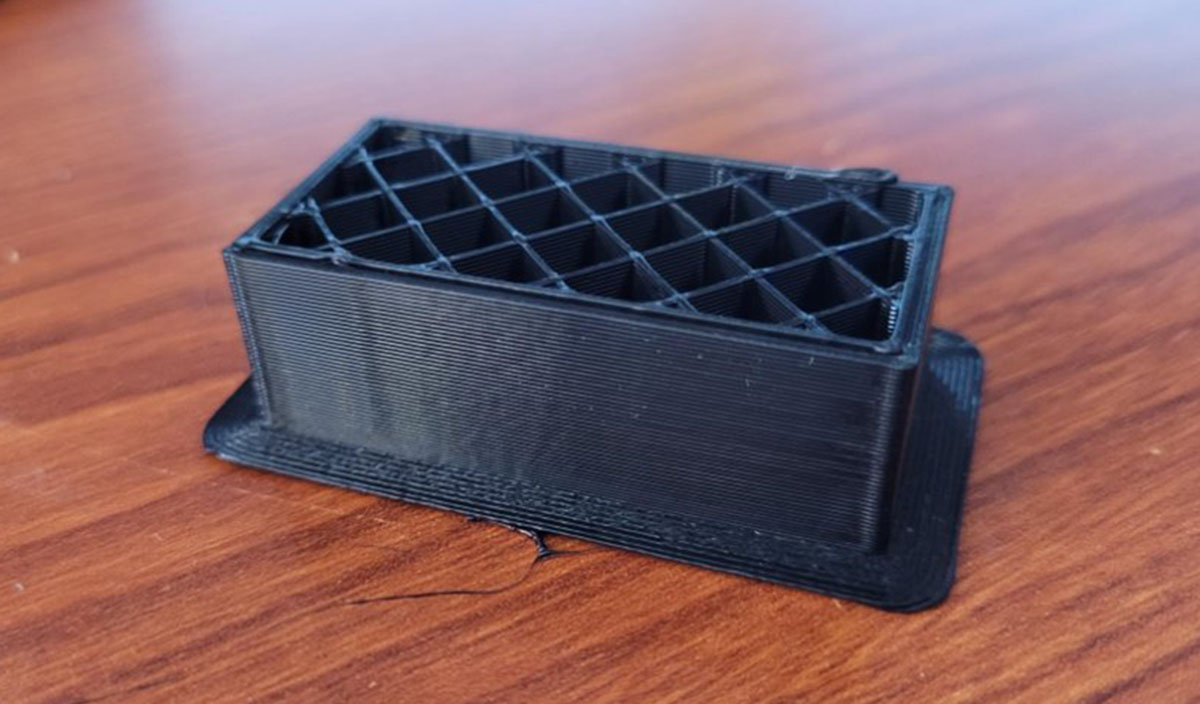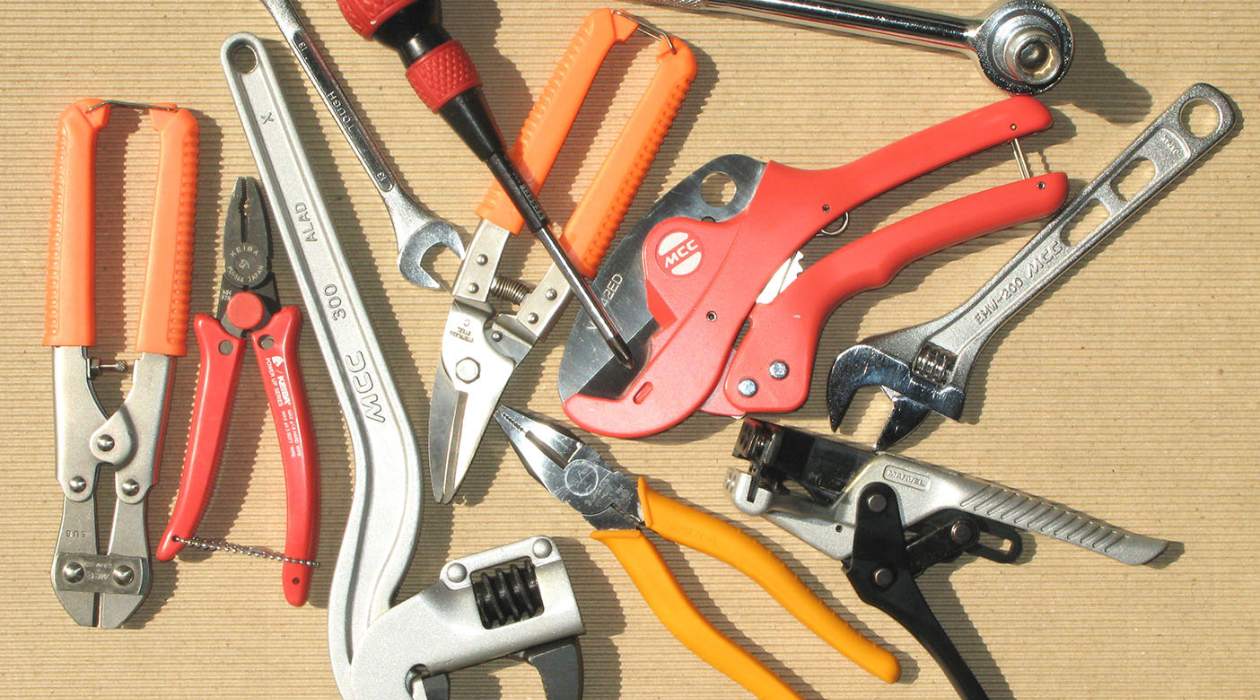Home>Renovation & DIY>Home Renovation Guides>How To Organize Meeting Notes


Home Renovation Guides
How To Organize Meeting Notes
Published: March 2, 2024
Learn how to effectively organize meeting notes with our comprehensive home renovation guides. Streamline your project management and stay on top of important details.
(Many of the links in this article redirect to a specific reviewed product. Your purchase of these products through affiliate links helps to generate commission for Storables.com, at no extra cost. Learn more)
The Importance of Organizing Meeting Notes
Organizing meeting notes is crucial for several reasons. First and foremost, it helps in retaining and recalling important information discussed during the meeting. When notes are organized, it becomes easier to find specific details and reference them when needed. This can be especially helpful when following up on action items or when trying to remember decisions made during the meeting. Additionally, organized meeting notes can also serve as a valuable reference for future meetings, ensuring that discussions are consistent and that progress is tracked effectively. Moreover, well-organized meeting notes can be shared with team members who were unable to attend the meeting, keeping everyone in the loop and maintaining transparency within the team.
Key Takeaways:
- Keep your meeting notes organized to remember important details, track progress, and share information with team members who couldn’t attend. Use structured formats, abbreviations, and technology to improve efficiency.
- Experiment with different methods of organizing meeting notes, such as chronological order, topic-based organization, and visual mapping. Find the approach that best suits your style and enhances note retrieval.
Read more: How To Organize Handwritten Notes
Tips for Efficiently Taking Meeting Notes
-
Be Prepared: Before the meeting, familiarize yourself with the agenda and any relevant background information. This will help you anticipate the topics that will be discussed and ensure that you are ready to take effective notes.
-
Use a Structured Format: Create a template for your meeting notes that includes sections for the date, attendees, agenda items, action items, and key discussion points. This structured format will make it easier to organize and review your notes later.
-
Listen Actively: Pay close attention to the discussion and focus on capturing the key points and decisions. Avoid trying to transcribe everything word for word, as this can be time-consuming and may cause you to miss important details.
-
Use Abbreviations and Symbols: Develop a set of abbreviations and symbols to speed up your note-taking process. For example, use "A/I" for action items, "Q" for questions, and arrows to indicate important connections or relationships between topics.
-
Review and Summarize: Periodically review your notes during the meeting to ensure that you haven't missed any crucial information. At the end of the meeting, take a few minutes to summarize the key takeaways and action items.
-
Clarify Ambiguities: If something is unclear during the meeting, don't hesitate to ask for clarification. It's essential to ensure that your notes accurately reflect the discussions and decisions made.
-
Use Technology Wisely: Leverage technology to enhance your note-taking process. Consider using note-taking apps or software that allow you to easily organize, search, and share your meeting notes.
-
Follow Up Promptly: After the meeting, review and expand upon your notes while the discussion is still fresh in your mind. This will help you fill in any gaps and ensure that your notes are comprehensive and actionable.
By implementing these tips, you can significantly improve the efficiency and effectiveness of your meeting note-taking process, leading to more organized and valuable records of your team's discussions and decisions.
Different Methods for Organizing Meeting Notes
Organizing meeting notes can be approached in various ways, depending on individual preferences and the nature of the discussions. Here are some different methods for organizing meeting notes:
-
Chronological Order: One common method is to organize meeting notes chronologically. This involves arranging the notes based on the sequence of meetings, with the most recent discussions appearing at the top. This method allows for a clear timeline of events and decisions made over time.
-
Topic-Based Organization: Another approach is to organize meeting notes by topics or themes. In this method, notes related to specific subjects or projects are grouped together, making it easier to track the progress and developments within each area.
-
Action Item Priority: For those who prioritize action items, organizing meeting notes based on the urgency or priority of action items can be beneficial. This method ensures that action items are highlighted and easily accessible for follow-up and implementation.
-
Visual Mapping: Visual learners may find it helpful to organize meeting notes using visual mapping techniques such as mind maps or flowcharts. This method allows for the visualization of connections between different discussion points and can aid in understanding complex relationships within the meeting topics.
-
Digital Tagging and Categorization: When using digital note-taking tools, utilizing tags and categories can be an effective method for organizing meeting notes. Tags can be assigned to different sections of the notes, allowing for quick retrieval and filtering based on specific criteria.
-
Combined Approach: Some individuals may opt for a combined approach, incorporating elements of the aforementioned methods based on the nature of the meeting and the type of information being discussed. This flexible approach allows for customization based on the unique requirements of each meeting.
By exploring and experimenting with these different methods, individuals can identify the approach that best suits their organizational style and enhances their ability to retrieve and utilize meeting notes effectively.
Use a consistent format for your meeting notes, including date, attendees, agenda items, and action items. This will make it easier to review and follow up on the discussions.
Tools and Apps for Organizing Meeting Notes
In today's digital age, there is a wide array of tools and apps available to streamline the process of organizing meeting notes. These tools offer features that facilitate note-taking, organization, and accessibility, making it easier for individuals to manage their meeting notes effectively. Here are some popular tools and apps for organizing meeting notes:
-
Evernote: Evernote is a versatile note-taking app that allows users to create and organize notes, including meeting notes, in a structured manner. It offers features such as tagging, categorization, and search functionality, making it effortless to retrieve specific meeting notes when needed.
-
Microsoft OneNote: OneNote is a comprehensive digital notebook that enables users to capture meeting notes, annotate them, and organize them into sections and pages. It also integrates seamlessly with other Microsoft Office applications, allowing for easy sharing and collaboration on meeting notes.
-
Google Keep: Google Keep is a simple yet powerful note-taking app that offers the ability to create and organize meeting notes, set reminders, and collaborate with team members. Its intuitive interface and synchronization with Google Workspace make it a popular choice for organizing meeting notes.
-
Trello: While primarily known as a project management tool, Trello can also be used to organize meeting notes effectively. Users can create boards for different meetings or topics, add notes, and attach relevant files, creating a visual and organized representation of meeting discussions.
-
Notion: Notion is an all-in-one workspace that allows users to create databases, wikis, and notes, making it an ideal platform for organizing meeting notes. Its customizable templates and relational database features enable users to create a tailored system for managing meeting notes.
-
Bear: Bear is a note-taking app designed for writers, but its flexibility and organization features make it suitable for managing meeting notes as well. It offers a clean and distraction-free interface, along with tagging and cross-note linking capabilities for efficient organization.
-
Slack: As a popular communication and collaboration platform, Slack offers the ability to create channels dedicated to specific meetings or projects. Users can take meeting notes directly within Slack, share them with team members, and easily search for past notes using its robust search functionality.
-
Zoom: For virtual meetings, Zoom's built-in recording feature can be a valuable tool for organizing meeting notes. Users can record meetings, transcribe the discussions, and refer back to the recordings to ensure accurate and comprehensive note-taking.
These tools and apps provide individuals and teams with a range of options for organizing meeting notes, catering to different preferences and workflows. By leveraging the features offered by these tools, individuals can enhance their note-taking efficiency and maintain well-organized records of their meeting discussions.
Best Practices for Reviewing and Using Organized Meeting Notes
After organizing meeting notes, it is essential to establish best practices for reviewing and utilizing them effectively. Here are some key practices to consider:
-
Regular Review: Schedule regular intervals for reviewing organized meeting notes. This ensures that the information remains fresh in your mind and allows for prompt follow-up on action items and decisions made during the meetings.
-
Identify Action Items: When reviewing meeting notes, pay particular attention to action items and decisions that require follow-up. Highlighting and categorizing action items can help prioritize tasks and ensure that they are addressed in a timely manner.
-
Update and Expand: As new information becomes available or as follow-up actions are completed, update and expand upon the meeting notes. This ongoing process ensures that the notes remain comprehensive and up-to-date, serving as an accurate record of the team's activities.
-
Share Relevant Information: If certain meeting notes contain information that is relevant to other team members or stakeholders, consider sharing the notes appropriately. This fosters transparency and ensures that everyone is informed about important discussions and decisions.
-
Utilize Actionable Insights: Extract actionable insights from the organized meeting notes. Identify trends, recurring issues, or opportunities for improvement based on the information captured in the notes. This can inform future discussions and strategic planning.
-
Integrate with Project Management: If the meeting discussions are related to specific projects or tasks, integrate the organized meeting notes with project management tools or platforms. This alignment ensures that the notes directly contribute to project progress and outcomes.
-
Refer Back When Needed: Encourage team members to refer back to the organized meeting notes when they encounter related challenges or when they need to understand the context of certain decisions. The notes serve as a valuable reference resource for ongoing activities.
-
Seek Feedback: Encourage feedback on the quality and usefulness of the organized meeting notes. This can help refine the note-taking and organization process, ensuring that the notes meet the needs of the team effectively.
By implementing these best practices, individuals and teams can maximize the value of their organized meeting notes, fostering better communication, informed decision-making, and efficient execution of action items.
Frequently Asked Questions about How To Organize Meeting Notes
Was this page helpful?
At Storables.com, we guarantee accurate and reliable information. Our content, validated by Expert Board Contributors, is crafted following stringent Editorial Policies. We're committed to providing you with well-researched, expert-backed insights for all your informational needs.
















0 thoughts on “How To Organize Meeting Notes”